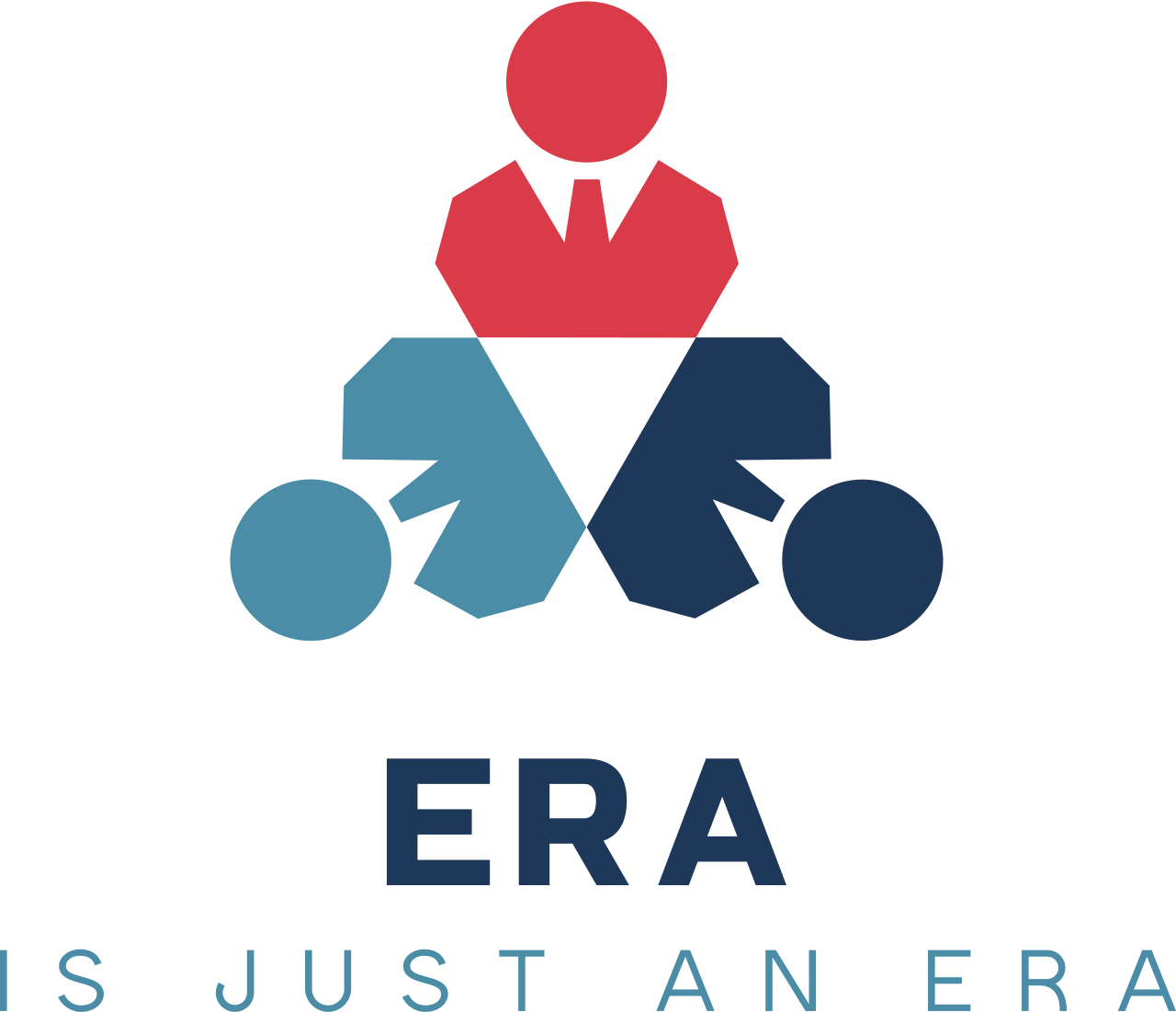Innovative Solutions Reshaping Remote Work Dynamics
How have buzzwords such as 'quiet quitting' and 'zoom fatigue' contributed to redefining workplace power dynamics and employee agency in the era of remote work?
The rapid transformation of traditional work environments due to remote work has paved the way for groundbreaking strategies to redefine workplace power dynamics. Organizations are now compelled to rethink hierarchical structures and embrace innovative technologies and policies that not only foster employee well-being but also revitalize productivity in a digital age.One striking shift is the emergence of employee empowerment tools that allow workers to take charge of their schedules and performance. Digital communication platforms, once seen as mere conduits for information exchange, now serve as vital instruments in promoting direct engagement and democratization in leadership. These platforms are being reengineered to address challenges such as feelings of isolation and the diminishing influence of traditional hierarchical systems. By enabling more fluid and transparent interactions between staff and management, organizations can cultivate a culture where leadership is accessible and employee contributions are recognized more broadly.At the same time, the workplace has witnessed concerning trends like excessive demands and the resulting practice of employees doing only what is necessary just to maintain balance—a phenomenon popularly known as quiet quitting. This silent protest signifies a broader negotiation between workforce expectations and organizational requirements, sparking a conversation about sustainable work-life integration. In response, forward-thinking companies are exploring innovative policy designs and technological interventions to strike an equilibrium that safeguards mental health while sustaining productivity.In parallel, the widespread adoption of video conferencing tools has introduced an element of nonverbal overload that jeopardizes work efficiency. Prolonged virtual meetings usher in a type of mental exhaustion that has been characterized by researchers as a modern challenge to workplace engagement. Recognizing this, technology developers are in the process of brainstorming smarter solutions—ranging from user interface improvements to adaptive meeting schedules—that minimize cognitive strain and restore a sense of control to employees.Overall, the transformation toward a remote work paradigm is not just a disruptive phenomenon but also an opportunity. It is an invitation for organizations to innovate and adapt by implementing advanced digital solutions and rethinking traditional management practices. These efforts are central to building a resilient work environment where productivity, employee well-being, and innovative thinking coexist harmoniously.
